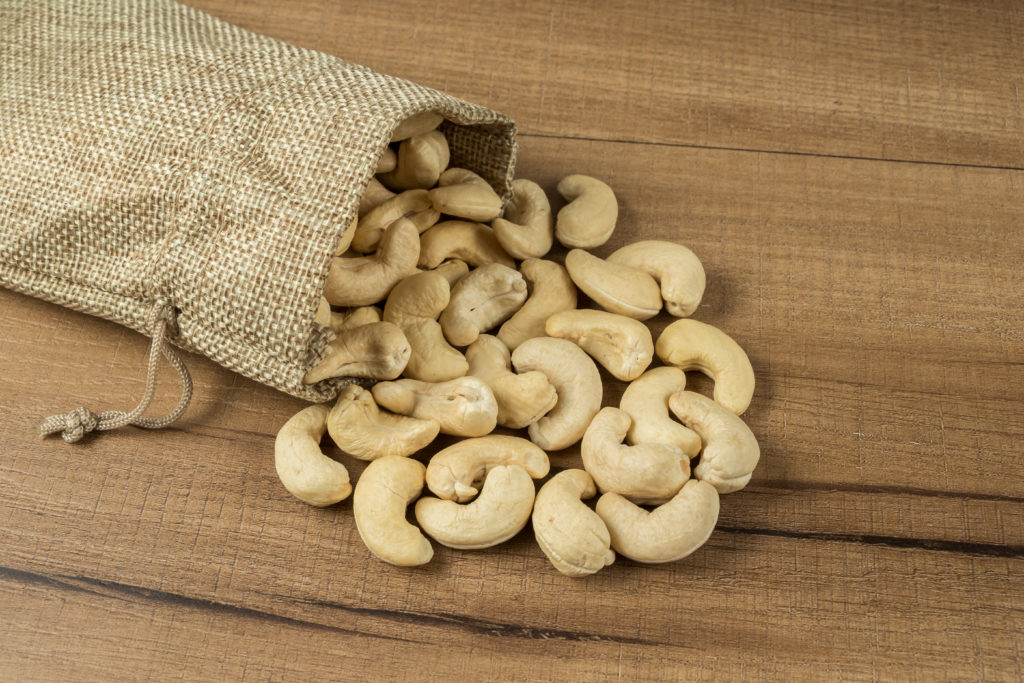FREE Shipping on Orders over $89 with Account – Create One Today!
- (844)-859-9400
- Get Help

As we’ve discussed before, new ostomates face such a volume of choices that it can feel overwhelming. At this point there are literally hundreds of styles and brands of ostomy supplies on the market. It’s enough to make anyone question which product is right for them. This series is designed, in part, to help relieve purchasing anxiety by breaking down many of the major decisions new patients need to make regarding their medical supplies.
In this installment of the Ostomy Files, we’ll be discussing one of the most fundamental choices for fecal ostomates: drainable pouch or closed pouch? Each have their advantages, but, like with many things in this field, which is best will depend on the patient’s particular circumstances. Below we’ll outline the benefits and potential downsides of each type of pouch, and, of course, direct you to a few examples of each to check out on the website.
Alright – without further adieu, let’s talk pouches!
Drainable ostomy pouches, like their closed cousins, are designed exclusively for those with fecal output. They can be one-piece or two, but the aspects we’ll be exploring apply to either form.
Though they can be used for any type of fecal output, drainable pouches are usually preferrable to folks with ileostomies. That’s because the ability to drain and reuse these pouches tends to be more convenient for those with a consistent and/or heavy output schedule. It eliminates the need to carry extra supplies around in public, and to find somewhere to dispose of full bags.
These days, ostomy pouches come with one of two main types of drainable closures, all designed for a secure lock and smooth drainage. The more modern appliances tend to have a roll-up fastener. Many of these, such as the Hollister New Image Lock’n’Roll, are sealed with a rinsable, plastic microseal velcro. More traditional pouches, like the Coloplast Assura Midi/Maxi, roll up and secure with a plastic clamp.
Between drainable and closed, drainable pouches are the more common choice. There are many reasons for that. Often it’s because drainable pouches are more commonly used in hospitals. People will stick with what they know, even if the hospital’s choice is a purely financial one.
The hospitals’ preference for drainables does make sense, though. They are quite a bit cheaper. Given their ability to be drained, cleaned out and reused, drainables are generally used for 3-5 days at a time. Their closed counterparts, not meant for reuse, are usually replaced at least once a day. A typical box of ten closed pouches, therefore, is going to last the patient much longer than the same number of closed. Even taking into account the lower per-unit cost of closed pouches, properly using drainable pouches will save a person, or medical facility, significant monthly cost over the alternative.
Despite their somewhat higher overall cost, closed pouches often prove to be a much more convenient choice for those with certain types of output. If you’re someone with consistently solid, regular, low-level output you may want to think about going closed if you haven’t already.
Why choose closed? First off, the maintenance of a closed ostomy appliance is potentially a much simpler proposition. With the closed bags, you remove the pouch from the barrier when full, dispose of it, and attach a new one – no messing around with closures at all.
Some closed pouches, like Hollister’s New Image series, simply pop on and off of the barrier at the connection point (flange), somewhat like a Tupperware lid. Coloplast, with their Sensura Mio Flex series, have introduced a unique attachment where the pouch simply sticks on and peels away from the barrier. This has an added benefit of being low-profile, flexible, and easier for folks with decreased dexterity in their hands. Both of these connection types, by the way, are available in drainable form.
The black sheep of the closed pouch family is the little-utilized one-piece closed pouch. These do not detach from the barrier and therefore require the wearer to fully remove the appliance each time a pouch needs to be changed – leading not only to higher risk of skin irritation, but also an even higher financial cost. Still, some active folks prefer these because they offer probably the most possible guard against any kind of leakage or blow-out, and also because of their extreme low-profile. Mostly, though, they are used for medical reasons for patients who are less mobile.
…the information above, combined with consultations with medical professionals and some old-fashioned trial-and-error, will help lead to a solution that works best for you on an everyday basis. Current advancements in medical technology allow for ostomates to continue to live their best lives post-surgery. That’s something we believe strongly here at Medical Monks, and we’re here to help you along the way. If you have any questions about the ostomy pouches we sell please don’t hesitate to contact us via LiveChat, email or telephone.
